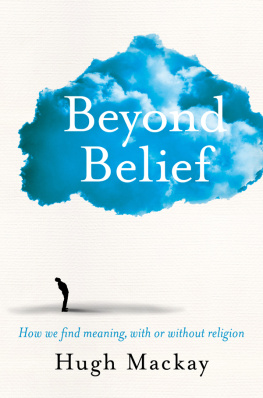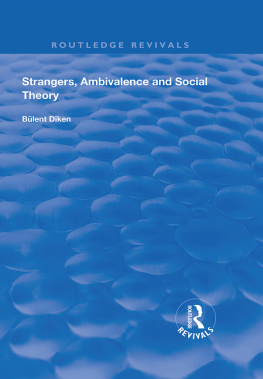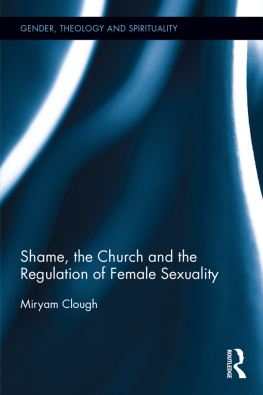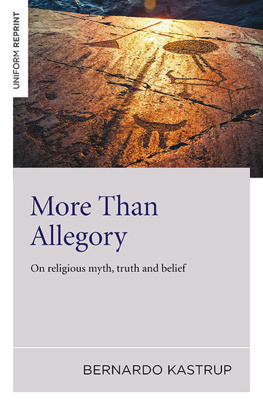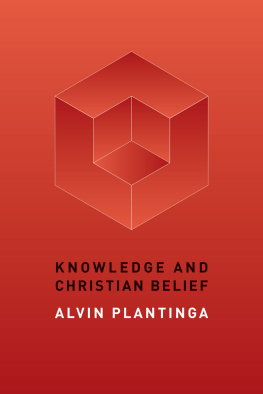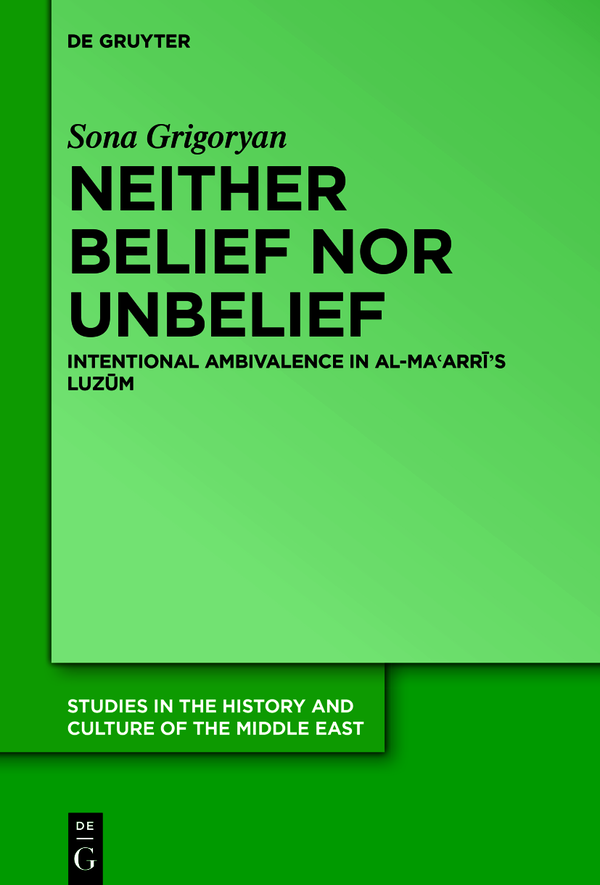Studies in the History and Culture of the Middle East
Edited by
Stefan Heidemann
Gottfried Hagen
Andreas Kaplony
Rudi Matthee
Kristina L. Richardson
Volume
ISBN 9783110772531
e-ISBN (PDF) 9783110773644
e-ISBN (EPUB) 9783110773897
Bibliographic information published by the Deutsche Nationalbibliothek
The Deutsche Nationalbibliothek lists this publication in the Deutsche Nationalbibliografie; detailed bibliographic data are available on the Internet at http://dnb.dnb.de.
2023 Walter de Gruyter GmbH, Berlin/Boston
To Mamikon and Sarah
Acknowledgments
This book is mostly based on my dissertation I wrote at the Central European University between 20122018. I am deeply thankful and grateful to my dissertation advisor Aziz Al-Azmeh for his support and wisdom. I thank him for always carefully reading drafts of my chapters in the shortest possible time, for always providing me with clear suggestions and questions of inquiry, and for being available for conversations when I needed them. Most of all, I am grateful to him for so wonderfully combining his demanding attitude with patience and understanding.
I am very grateful to scholars who have read parts of the drafts and constructively criticized them. They are Tijana Krsti, Nadia al-Bagdadi, Mushegh Asatryan, and Zoltn Szombathy.
I am thankful to professors Alice Coyke, Volker Menze and Istvn Perczel for their constant encouragement, Esther Holbrook for always cheering me up, and Andras Kraft for being a nice colleague and for providing me with useful suggestions.
I have immensely benefited from my research visits to the Orient Institut-Beirut in 2014 and 2016. My regular consultations with Professor Stefan Leder were always enlightening and encouraging. I also thank Dahlia Gubara at the American University of Beirut for the enthusiasm she has always shown towards my research. I warmly thank Alfred El-Khoury and Safaa Ibrahim for their help in linguistic and literary matters and for simply being wonderful people. My conversations with fellows Veronica Ferreri, Pamela Klasova, Elena Shahin, Lana Mzhavia, Wendy Hamelink, and Torsten Wollina at the OIB helped me to better formulate some of my ideas.
There are some people whose encouragement played a crucial role in the making of this book. I especially thank Professor Stefan Heidemann and Zara Pogossian for that.
My immense gratitude goes to Simon Watmough who not only extensively and efficiently edited the manuscript but also showed the most caring attitude and gave me the much-needed encouragement at the last stage of the publication. I am thankful to the anonymous reviewer for the invaluable comments. I thank the Center for Eastern Mediterranean Studies at the Central European University and its director Brett Wilson for supporting the completion of the publication.
All this time, I have been surrounded by the kindness and care of my friends Dora Ivanisevic, Piruz Hayrapetyan, Anri Grigoryan, Jana Bacova, Tatev Beknazaryan, Judit Veres, Lilit Manukyan, Ruben Yengibarian, Tatev Mkrtchyan, and Kristin Grigoryan. They know what they mean to me. My gratitude and love to all members of my wonderful family, kids and adults, have no limit.
This study has been, for better or worse, a journey for two. Mamikon shared my burden with care, and optimism and had to deal with my anxieties as much as no one did. I thank him forever. I put the last touches to the book while waiting for our daughter Sarah to arrive in this world and for that incredible feeling and energy, I will be forever grateful to her.
List of Abbreviations
BSOAS
Bulletin of the School of Oriental and African Studies
EAL
Encyclopedia of Arabic Literature, ed Julia Scott Meisami and Paul Starkey. London, Routledge, 1998
EI2
Encyclopaedia of Islam, ed. H.A.R. Gibb et al., 2nd edition. Leiden: Brill, 19602009
EI3
Encyclopaedia of Islam, ed. Kate Fleet et al., 3rd edition, Leiden: Brill, 2007present
EQ
Encyclopaedia of the Qurn online, ed. Johanna Pink, Leiden: Brill, 2005
HAWT
History of Arabic Written Tradition. English translation of Geschichte der Arabischen Litteratur by Carl Brockelmann. Trans. by Joep Lameer. Leiden: Brill, 2014
GAL
Geschichte der Arabischen Litteratur. Carl Brockelmann. 2 vols. Leiden: Brill, 193742
GAS
Geschichte des arabischen Schrifttums. Fuat Sezgin. 17 vols. Leiden Brill, 19671984.
JAL
Journal of Arabic Literature
JRAS
Journal of the Royal Asiatic Society
JSAL
Journal of South-Asian Linguistics
NPEPP
New Princeton Encyclopedia of Poetry and Poetics, ed. Alex Preminger, T.V.F. Brogan et al., Princeton/New Jersey: Princeton University Press, 1993
SI
Studia Islamica
TQ
Tarf al-Qudam bi-Ab l-Al al-Maarr, ed. h usayn, Muaf l-Saqq et al., Cairo: al-Dr al-Qawmya li-l-iba wa-l-Nashr, 1965
ZDMG
Zeitschrift der Deutschen Morgenlndischen Gesellschaft
Some Matters of Usage
For transliterating purposes, I have followed the system of the International Journal of Middle East Studies (IJMES). However, Arabic words which are frequently used in English, such as Quran, Imam, emir, vizier and so forth, are left with English spelling and are not in italics. Dates are given according to both Hijri and Gregorian calendars. I have adopted Yusuf Alis translations when quoting Quranic verses in English.
Introduction
In February 2013, it was reported that armed fighters of the Jabhat al-Nura had beheaded the statue Centuries after his death, the name of the blind vegan and his image as a freethinker, heretic, skeptic and religious critic returned to the foreground.
Al-Maarr has never been accorded simple treatment. His reputation has revolved around his poetic genius, on the one hand, and his unbelief, on the other, making for a complex image over the centuries. The famous biographer Yqt al-amaw (d. 626/1229) recorded the following about him: People hold different opinions about him: some say he was a heretic (zindq)others say he was a pious ascetic, extremely abstemious (mutaqallil) who subjected himself to stringent self-discipline and turned away from worldly things. Al-amaws appraisal is an accurate description of the contrasting ways al-Maarr has always been received. These varying assessments will draw much of the discussion in the following pages.
Modern and contemporary Arab discourses critiquing religions and praising rationalism have frequently referred to al-Maarr in order to demonstrate that those themes are not alien to Arab Muslim thought. A brief sketch of the modern references to al-Maarr indicates how variously the poet has been received and imagined as a symbol of rationalism, an avatar of a glorious Arab past, or as a rebel confronting religions and signifying modernity and advanced thinking.
Muammad Zakary (b. 1950) a Palestinian poet and author who associates Ab l-Al with estrangement and alienation has lamented the insufficient attention paid to and appreciation of al-Maarr. Despite all the fame surrounding him, al-Maarr remains a stranger, an exile, and a fugitive (ard). Irrespective of all influences of his era, including that of his favorite poet al-Mutanabb (d. 354/965), al-Maarr remained independent and self-sufficient. He was a stranger in his time because he sought to transform the functions of poetry. Rather than eulogizing rulers, which almost all poets did, he shifted the principal register of poetry toward human suffering. He remains a stranger nowadays as well. This is not true of others of the age. For example, the poetry of Ab Nuws (d. ca. 199/814), who has also been thought of as a


